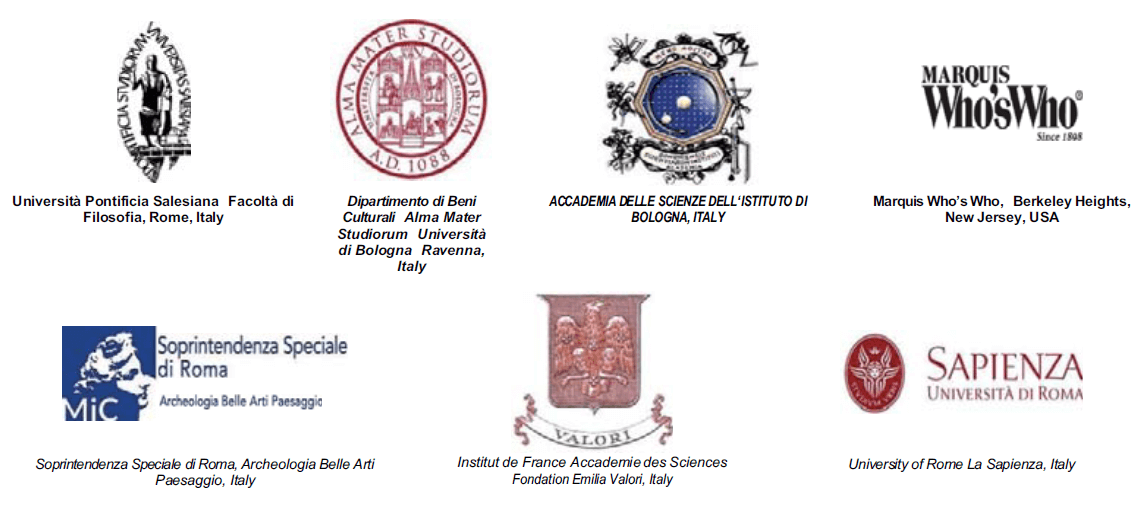Sulfate Reducing Bacteria as Bio-cleaning Agents: Development of New Methodologies and Study Cases
DOI:
https://doi.org/10.6092/issn.1973-9494/7123Keywords:
sulfation, Desulfovibrio vulgaris, bio-cleaning, SRB, artworkAbstract
In the last decades, the contribution of different scientific disciplines in the field of restoration and conservation of cultural heritage to finding alternative methods of investigation that are even more effective and fully respect artworks, operators and environment, has greatly increased.An example is the University of Milan patent that provides for the use of some specialized bacteria as cleaning agents. This method, known as biocleaning, is based on the use of Desulfovibrio vulgaris, a sulfate reducing bacterium, for the removal of sulfate alterations from stone surfaces.
Recently, the university spin-off Micro4yoU purchased the patent by initiating a series of investments aimed at enhancing the commercial product from prototype. The present work describes: the desulfation mechanism operated by Desulfovibrio vulgaris and the technological shift necessary to obtain a biological formulation usable in situ, with two practical case studies.
Downloads
Published
2017-06-01
How to Cite
Balloi, A., Lombardi, E., Troiano, F., Polo, A., Capitelli, F., Gulotta, D., … Daffonchio, D. (2015). Sulfate Reducing Bacteria as Bio-cleaning Agents: Development of New Methodologies and Study Cases. Conservation Science in Cultural Heritage, 15(2), 109–119. https://doi.org/10.6092/issn.1973-9494/7123
Issue
Section
Articles
License
Copyright (c) 2015 Annalisa Balloi, Emanuela Lombardi, Federica Troiano, Andrea Polo, Francesca Capitelli, Davide Gulotta, Lucia Toniolo, Anna Lucchini, Daniele Daffonchio
Copyrights and publishing rights of all the texts on this journal belong to the respective authors without restrictions. Authors grant the journal right of first publication.
This journal is licensed under a Creative Commons Attribution 4.0 International License (full legal code).
See also our Open Access Policy.






